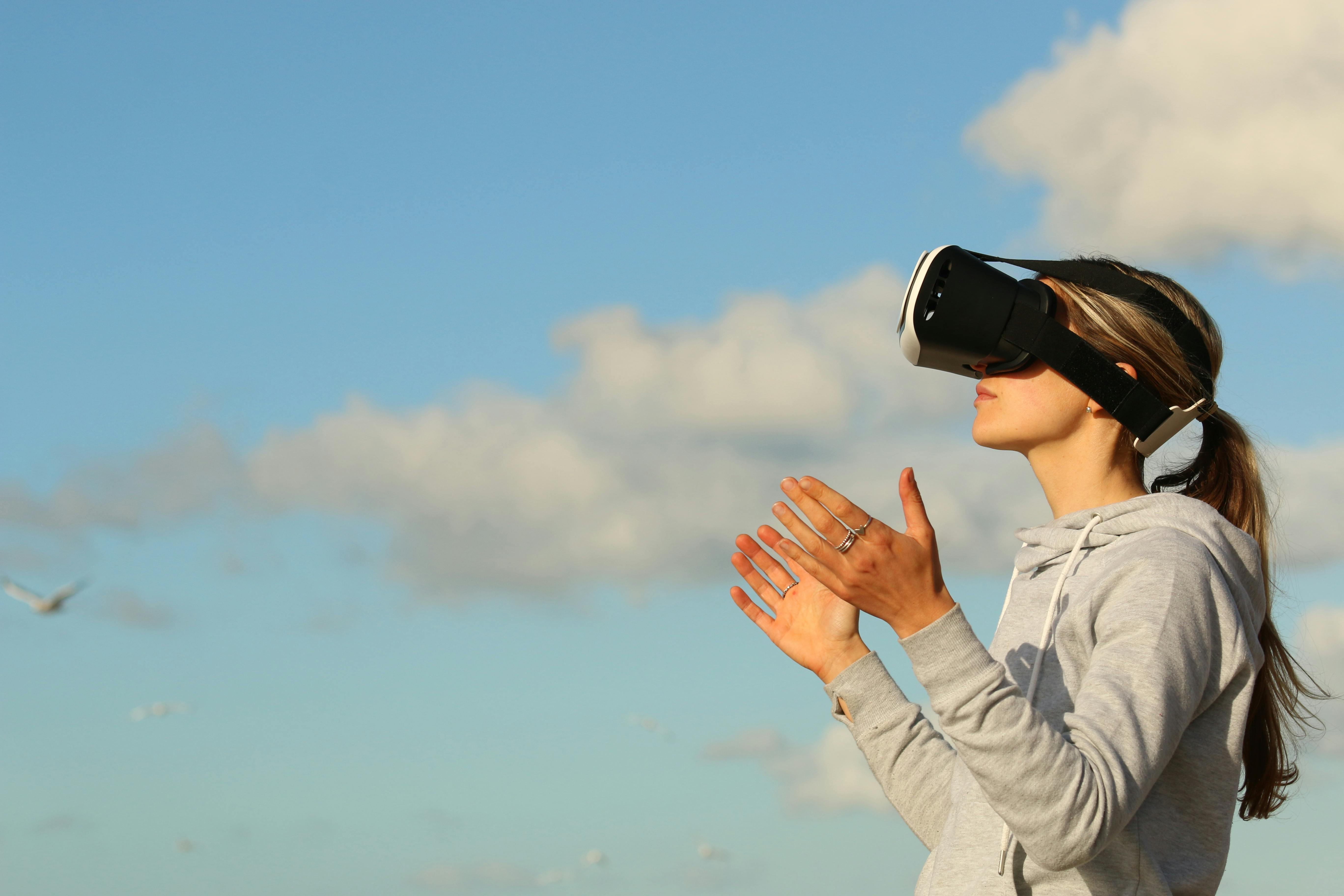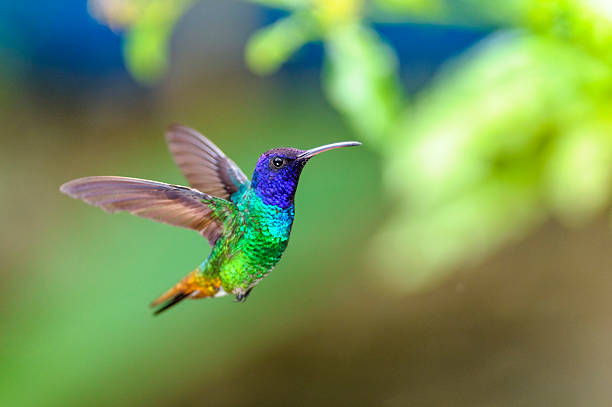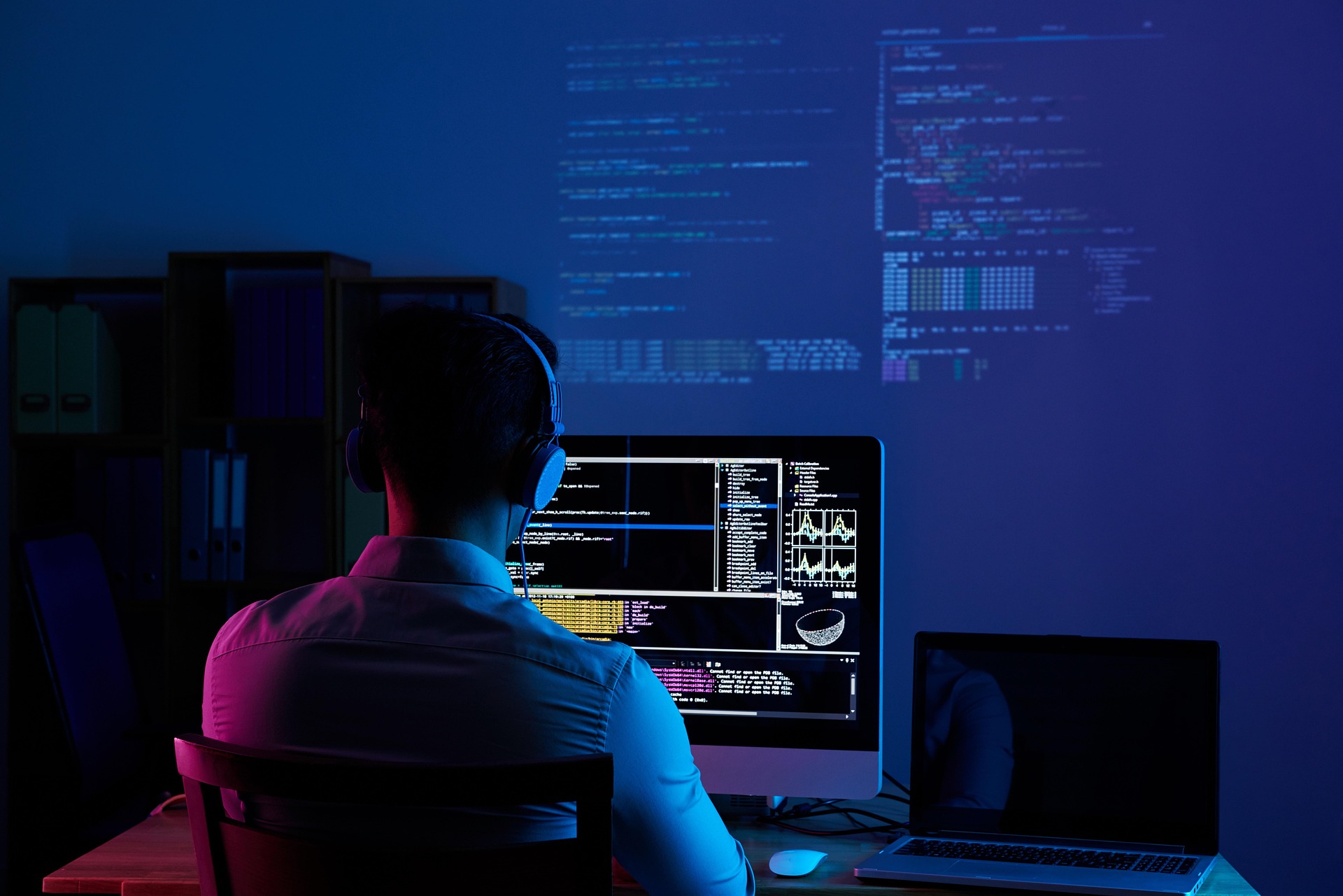Digital Artistry: How Virtual Reality is Transforming the Art World
Introduction: Art has always been a mode of human expression, capturing our emotions, ideas, and experiences. Today, a new wave of digital artistry is emerging, led by the transformative power of Virtual Reality (VR). This article explores how VR is reshaping the art world and its implications for both creators and appreciators.

The Emergence of Virtual Reality in Art
Virtual Reality is no longer a concept confined to the realm of science fiction. The technology, which immerses users in a three-dimensional simulated environment, has found its footing in various sectors, from gaming and healthcare to education. However, one of its most intriguing applications lies in the realm of art.
The exploration of Virtual Reality in art began in the late 20th century, as technology became increasingly advanced and accessible. Artists started experimenting with VR as a medium, creating immersive environments that challenged traditional notions of art and viewer engagement. The result was an entirely new form of artistic expression, one that allowed for more immersive and interactive experiences.
The Present State of VR in Art
Today, Virtual Reality in art is at an exciting juncture. Artists are leveraging this technology to create immersive experiences that engage viewers like never before. Museums and galleries are embracing VR exhibitions, allowing visitors to step inside artworks and experience them from a whole new perspective.
For instance, the Museum of Other Realities in Vancouver hosts exclusively virtual exhibits. Visitors don a VR headset and navigate through a series of virtual rooms, each filled with unique, interactive artworks. This avant-garde approach to art display has redefined the museum-going experience, making it more personal, immersive, and interactive.
The Impact of VR on Art
The integration of Virtual Reality into art has profound implications. For artists, VR offers an unprecedented level of creative freedom. They can craft immersive worlds and narratives, unrestricted by physical laws or material limitations. This opens the door to a new realm of artistic possibilities, challenging traditional artistic norms and pushing the boundaries of creativity.
For viewers, VR transforms the way they engage with art. It allows for a deeper level of immersion and interaction, enabling viewers to step inside artworks, explore them at their pace, and even influence their evolution. This fundamentally shifts the viewer’s role from a passive observer to an active participant, deepening their connection with the artwork.
The Future of VR in Art
The future of Virtual Reality in the art world looks promising. As VR technology continues to advance, artists will have even more tools at their disposal to push the boundaries of their craft. We may see more museums and galleries embrace VR exhibitions, providing unique, immersive experiences that redefine the way we engage with art.
However, the widespread adoption of VR in art also raises questions about accessibility and inclusivity. Not everyone has access to VR technology, which could potentially create a divide between those who can and cannot engage with VR art. Addressing this challenge will be crucial to ensure that VR art remains inclusive and accessible.
Final Thoughts
Virtual Reality is reshaping the art world, ushering in a new era of digital artistry. Its impact is undeniable, offering new possibilities for both artists and viewers. However, as we move forward, it will be essential to address challenges, such as accessibility, to ensure that this emerging form of art is accessible to all. Regardless, the future of art in the digital age looks promising, and it will be exciting to see where this journey takes us.





